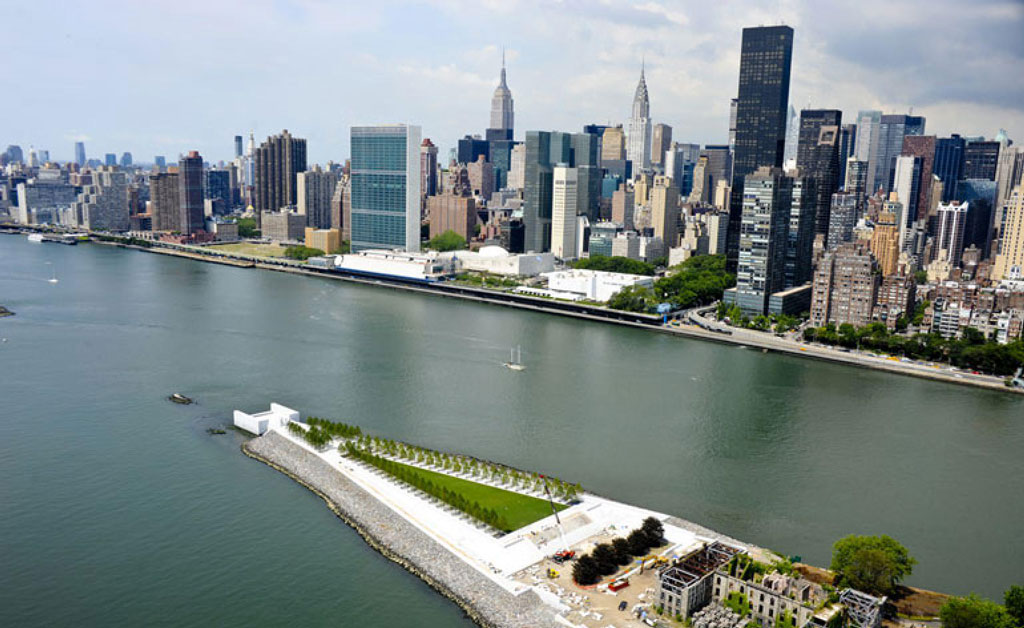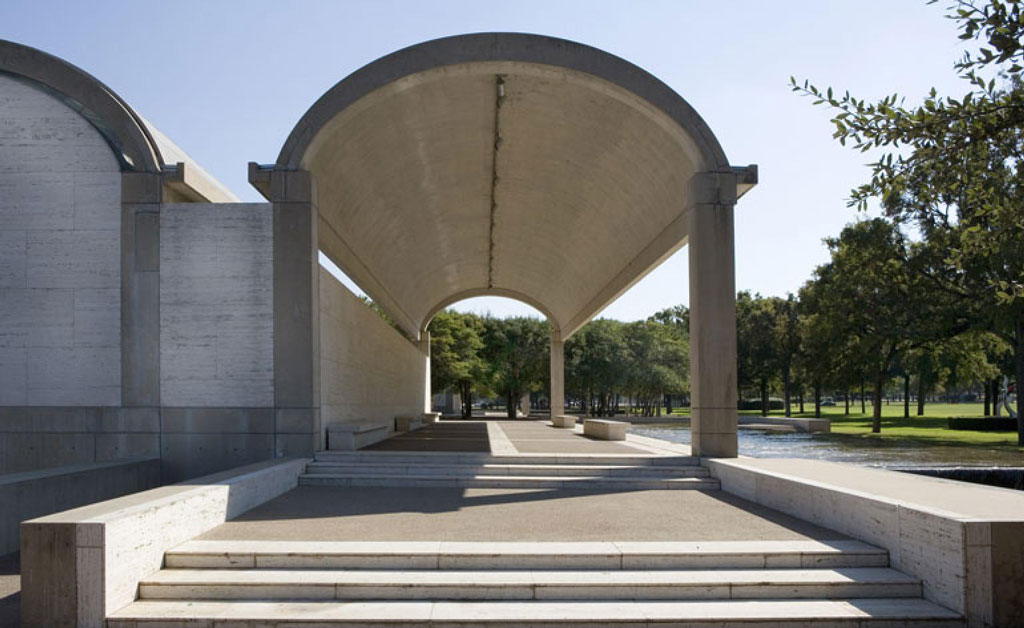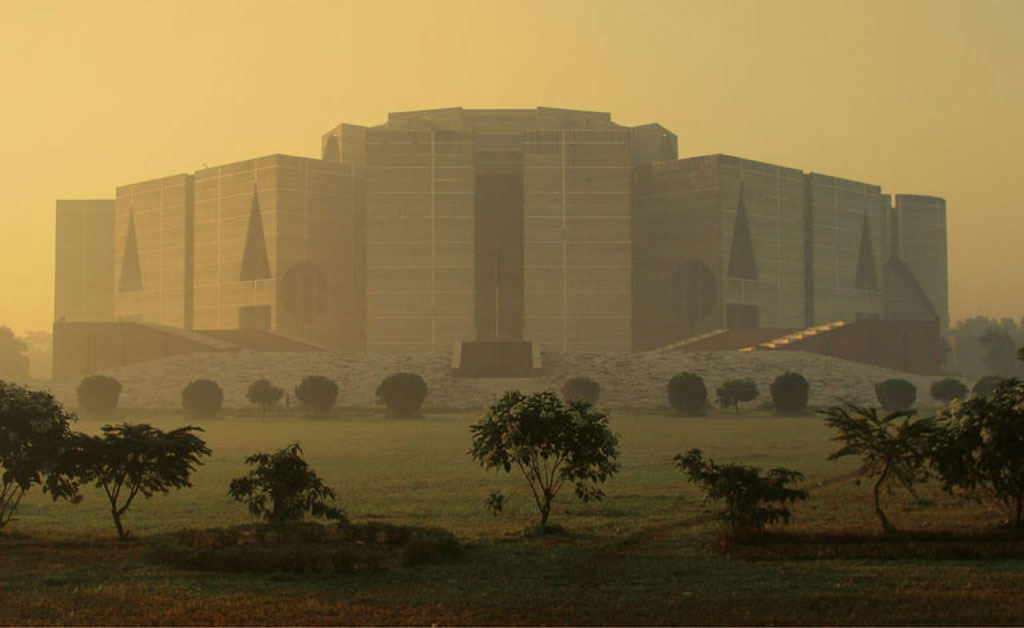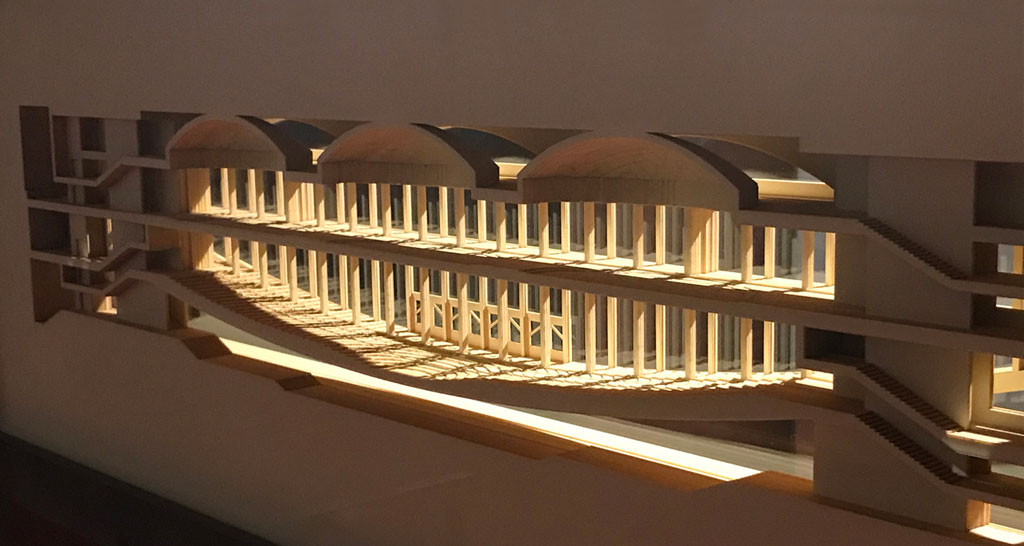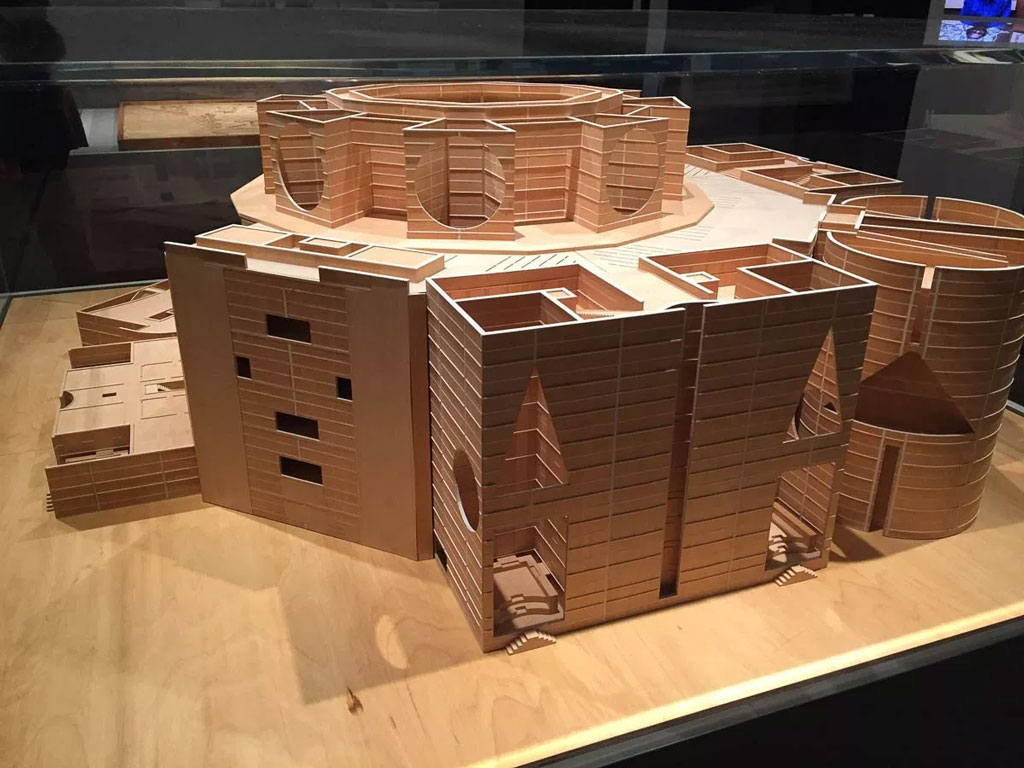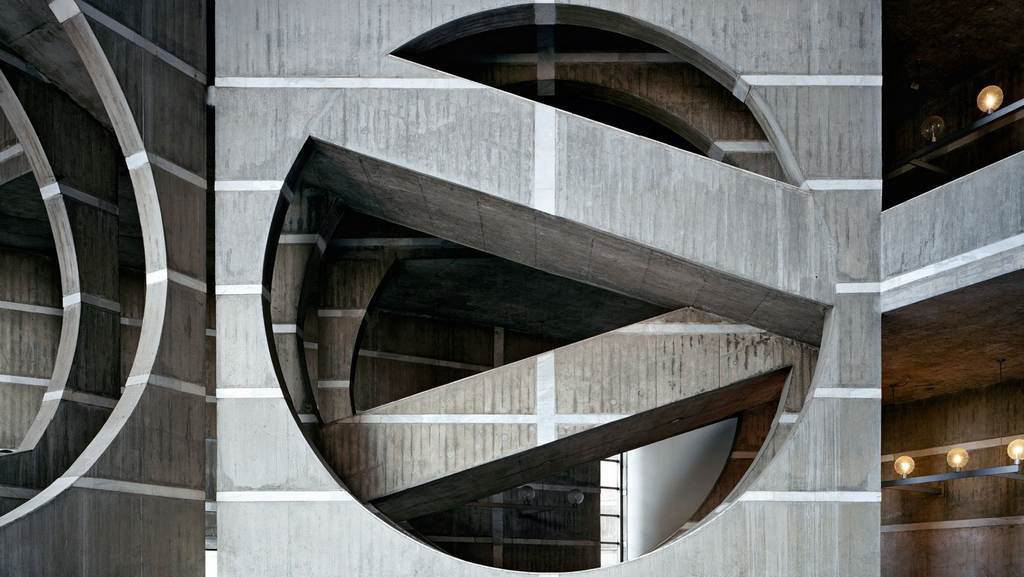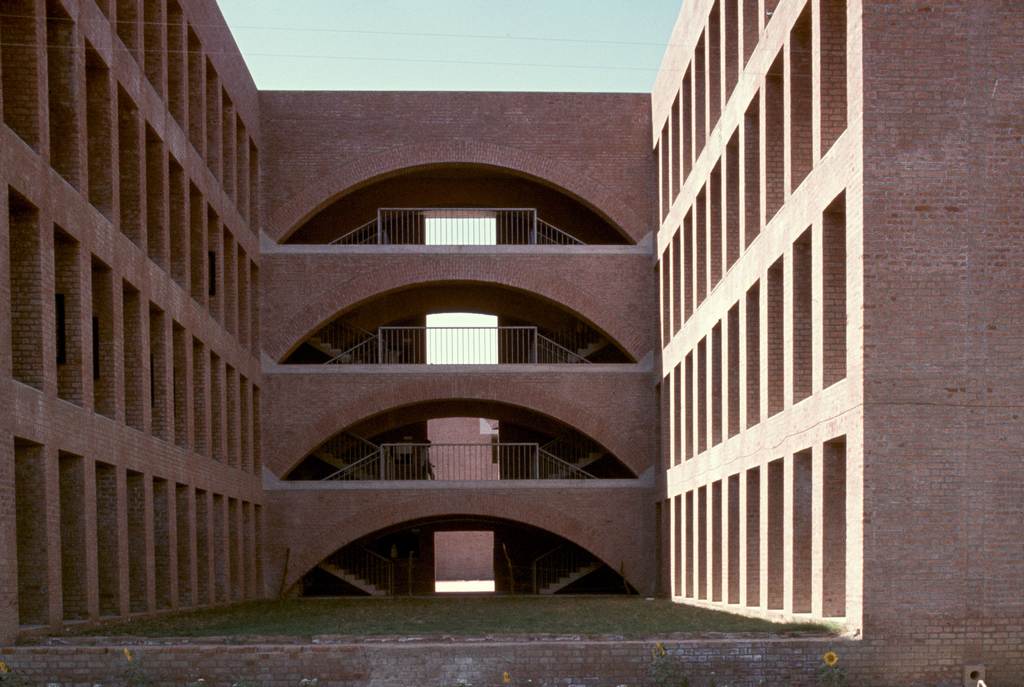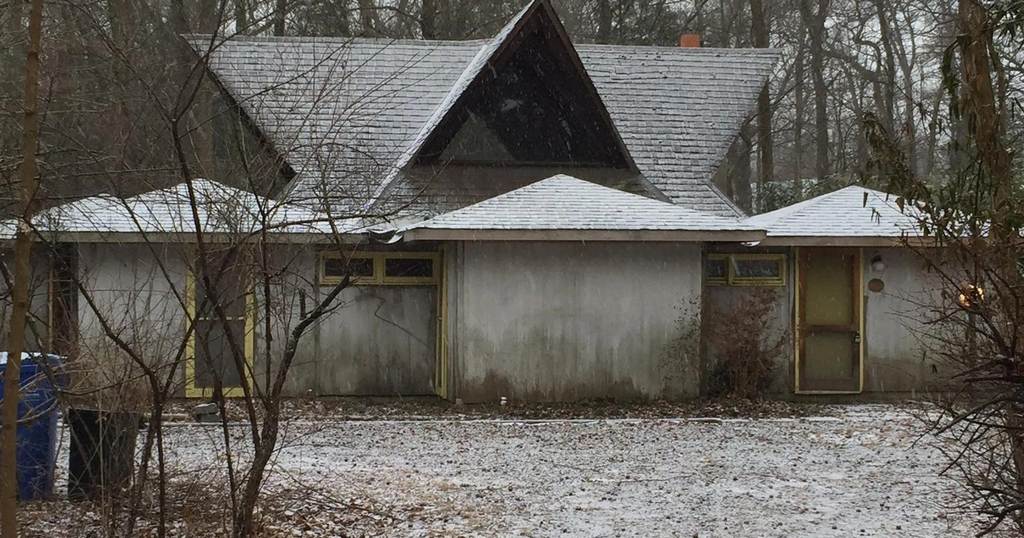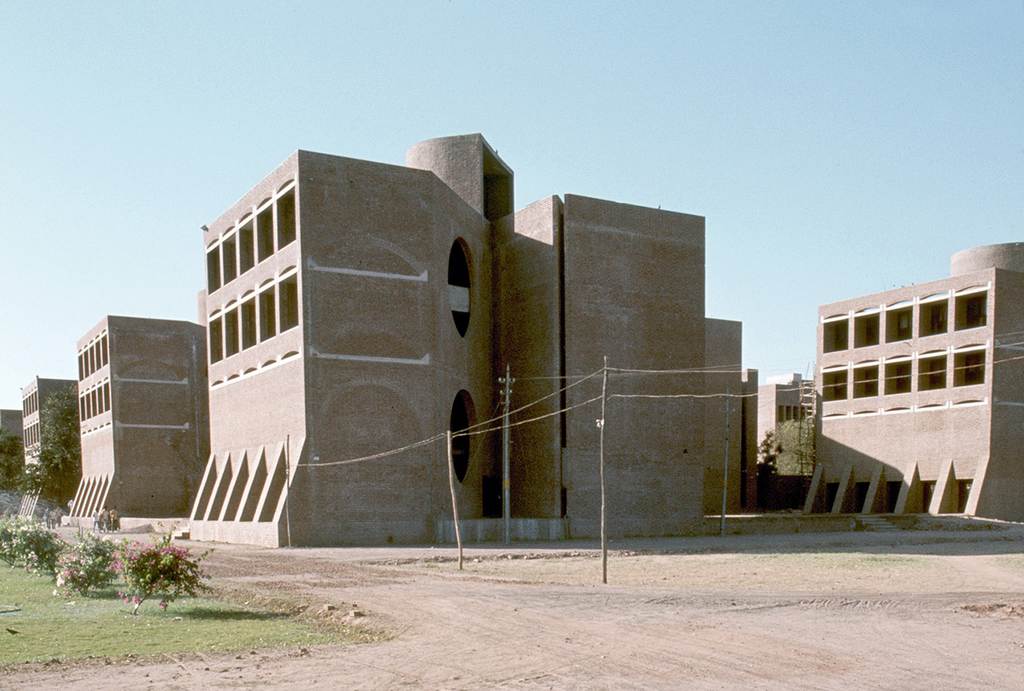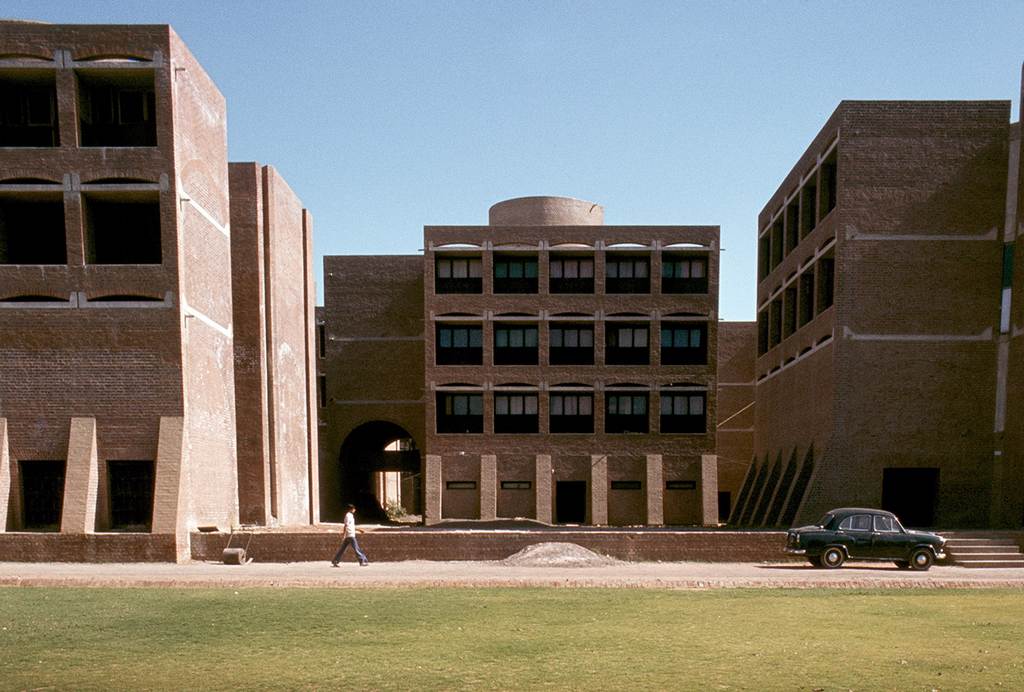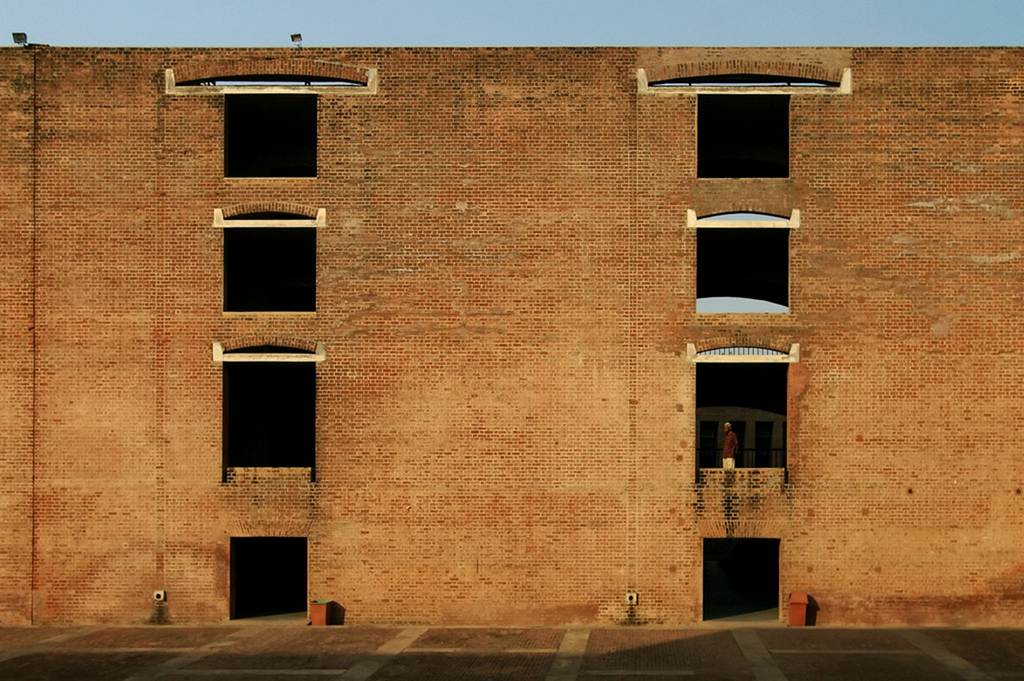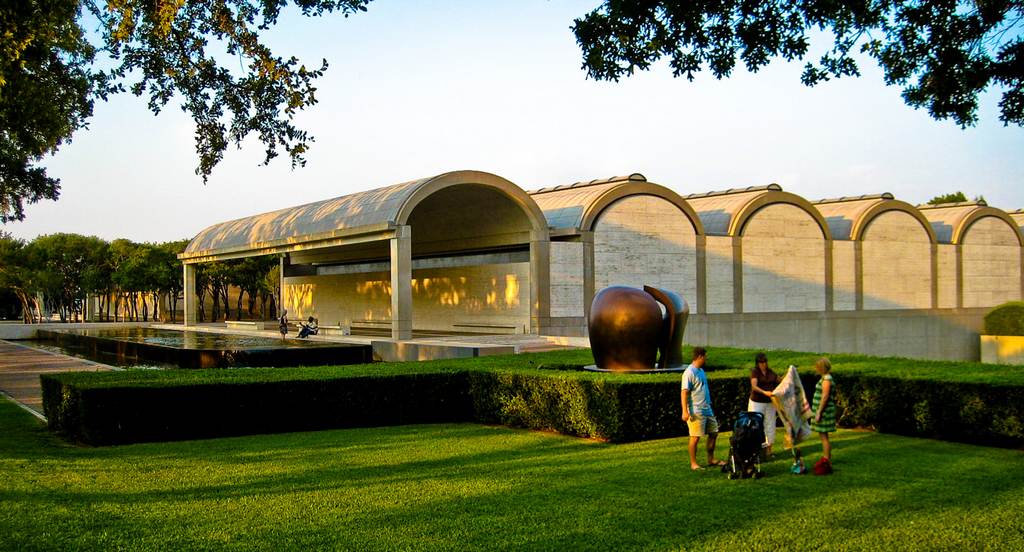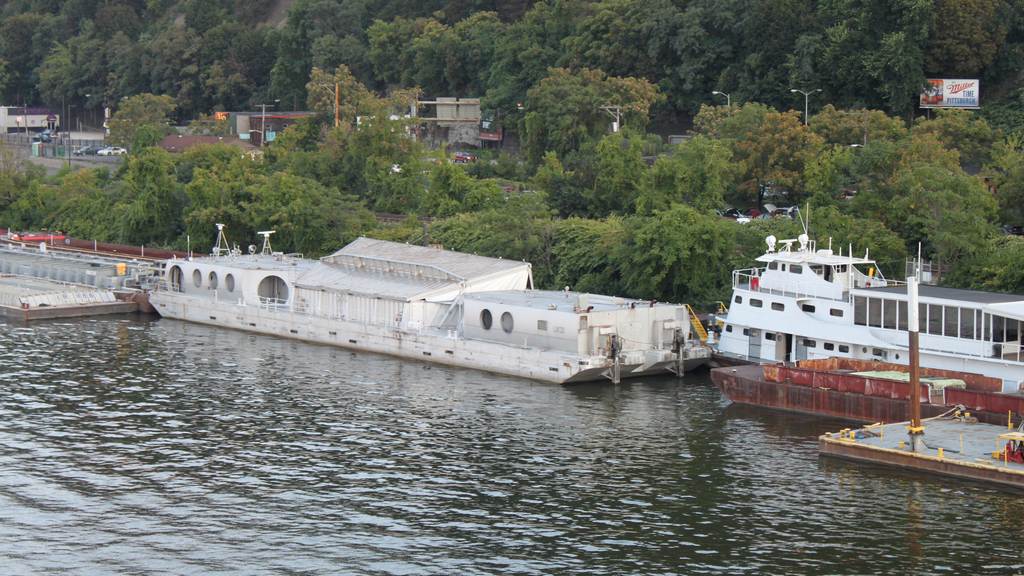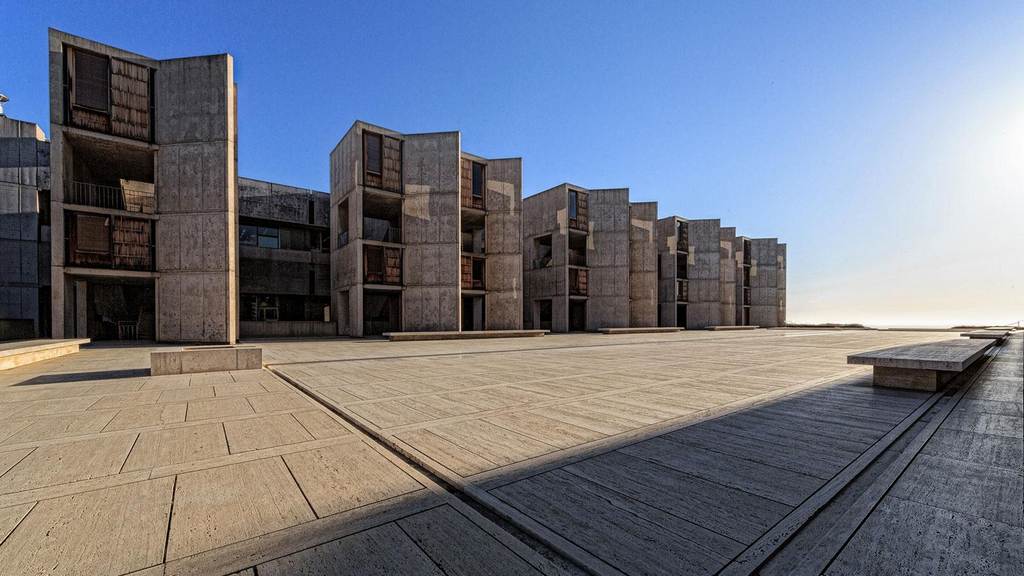ARCHITECTURE: Louis Kahn
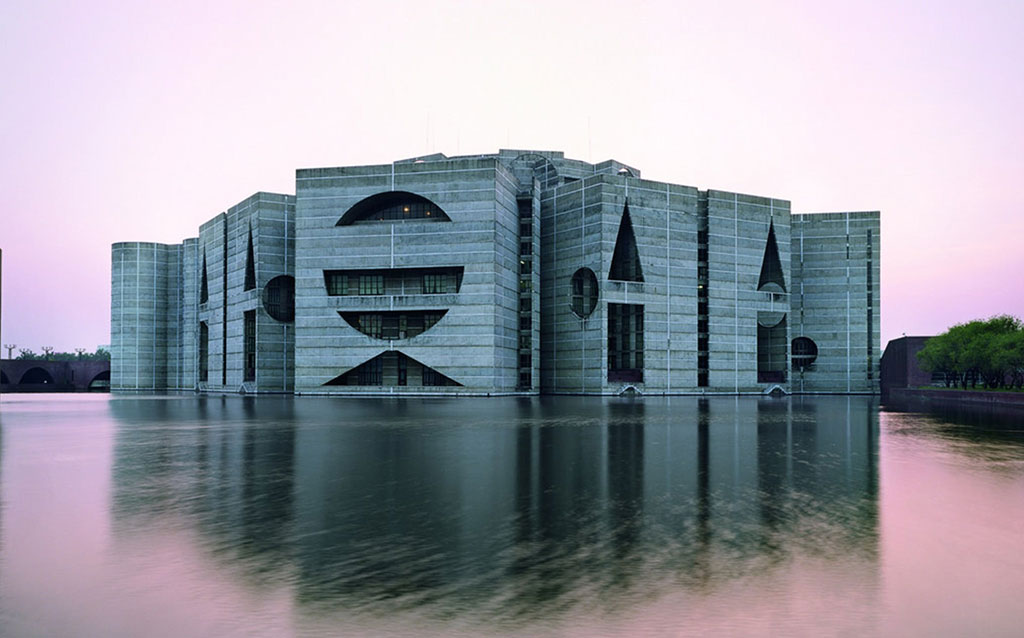 Regarded as one of the great master builders of the 20th Century, Louis Kahn (20/2/1901-17/3/1974) was one of America’s most influential modernist architects. With complex spatial compositions and a choreographic mastery of light, Kahn created buildings of archaic beauty and powerful universal symbolism. His uniqueness lies in his synthesis of the major conceptual traditions of modern architecture, from the École des Beaux-Arts and the constructive rationalism of the 19th Century to the Arts and Crafts movement and Bauhaus modernism, enhanced by the consideration of indigenous, non-western building traditions.
Regarded as one of the great master builders of the 20th Century, Louis Kahn (20/2/1901-17/3/1974) was one of America’s most influential modernist architects. With complex spatial compositions and a choreographic mastery of light, Kahn created buildings of archaic beauty and powerful universal symbolism. His uniqueness lies in his synthesis of the major conceptual traditions of modern architecture, from the École des Beaux-Arts and the constructive rationalism of the 19th Century to the Arts and Crafts movement and Bauhaus modernism, enhanced by the consideration of indigenous, non-western building traditions.
By Dimitris Lempesis
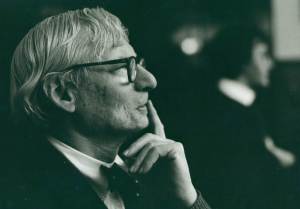 Louis Kahn was born Itze-Leib Schmuilowsky in Pärnu, Estonia, on 20/2/1901. His Jewish parents, Leib Schmuilowsky and Beila-Rebecka Mendelowitsch, soon decided to emigrate from Estonia. Leib traveled to Philadelphia, Pennsylvania, in 1904; his family followed two years later. As part of their assimilation, the family adopted the last name of Kahn in 1912. Leib and Beila-Rebecka took the names of Leopold and Bertha, and their son became Louis Isadore Kahn. Kahn attended Philadelphia’s Central High School and the Public Industrial Art School. He later studied architecture at the University of Pennsylvania, where he was mentored by Paul Cret. Kahn received his degree in architecture in 1924. After working as a chief of design for Philadelphia’s 1926 Sesquicentennial buildings, Kahn traveled throughout Europe in 1928-29. Returning home, he married Esther Israeli in 1930, and found work at various Philadelphia-based architectural firms. Kahn opened his own architectural practice in 1935. From the start, he was interested in architecture’s role in social change. He created housing for factory workers during World War II, and later in the 1940s worked on buildings for labor unions. After the war, Kahn also designed several private homes in the Pennsylvania suburbs, working in a modernist style. Kahn began teaching architecture at Yale University in New Haven, Connecticut, in 1947. It was the start of an influential teaching career, he would remain at Yale for ten years before becoming a professor of architecture at the University of Pennsylvania. In 1950-51, Kahn was the architect in residence at the American Academy in Rome. During this period, he also was able to visit Greece and Egypt. Inspired by the ancient ruins and Renaissance buildings he had seen, Kahn would use classical architecture’s solid forms and durable materials in his own work, combining these timeless forms with modern techniques. Kahn’s first major architectural project was the Yale University Art Gallery, completed in 1953. His other significant projects of the 1950s and ’60s include the Richards Medical Research Building for the University of Pennsylvania (1957-65), the Salk Institute for Biological Studies in La Jolla, California (1959-65), and a library for New Hampshire’s Phillips Exeter Academy (1965-72). The Kimbell Art Museum in Fort Worth, Texas (1966-72) is considered one of Kahn’s masterpieces. Many of its galleries are massive vaulted spaces with ceiling slits that let in natural light. Kahn also worked internationally, and was commissioned to design two major projects on the Indian subcontinent: the Indian Institute of Management in Ahmedabad (1962-74) and the national capital of Bangladesh (1962-83). The National Assembly in Dhaka, Bangladesh, is one of Kahn’s most admired works. At the age of 73, Kahn died of a heart attack on17/3/1974, in New York City’s Pennsylvania Station. He was on his way home from Ahmedabad, India. Kahn’s work, like that of Eero Saarinen, Frei Otto, and others who broke with the International Style, was controversial during his lifetime. However, his work was reviewed more favorably by a new generation of critics, who declared him one of the most original and important architects of the 20th Century.
Louis Kahn was born Itze-Leib Schmuilowsky in Pärnu, Estonia, on 20/2/1901. His Jewish parents, Leib Schmuilowsky and Beila-Rebecka Mendelowitsch, soon decided to emigrate from Estonia. Leib traveled to Philadelphia, Pennsylvania, in 1904; his family followed two years later. As part of their assimilation, the family adopted the last name of Kahn in 1912. Leib and Beila-Rebecka took the names of Leopold and Bertha, and their son became Louis Isadore Kahn. Kahn attended Philadelphia’s Central High School and the Public Industrial Art School. He later studied architecture at the University of Pennsylvania, where he was mentored by Paul Cret. Kahn received his degree in architecture in 1924. After working as a chief of design for Philadelphia’s 1926 Sesquicentennial buildings, Kahn traveled throughout Europe in 1928-29. Returning home, he married Esther Israeli in 1930, and found work at various Philadelphia-based architectural firms. Kahn opened his own architectural practice in 1935. From the start, he was interested in architecture’s role in social change. He created housing for factory workers during World War II, and later in the 1940s worked on buildings for labor unions. After the war, Kahn also designed several private homes in the Pennsylvania suburbs, working in a modernist style. Kahn began teaching architecture at Yale University in New Haven, Connecticut, in 1947. It was the start of an influential teaching career, he would remain at Yale for ten years before becoming a professor of architecture at the University of Pennsylvania. In 1950-51, Kahn was the architect in residence at the American Academy in Rome. During this period, he also was able to visit Greece and Egypt. Inspired by the ancient ruins and Renaissance buildings he had seen, Kahn would use classical architecture’s solid forms and durable materials in his own work, combining these timeless forms with modern techniques. Kahn’s first major architectural project was the Yale University Art Gallery, completed in 1953. His other significant projects of the 1950s and ’60s include the Richards Medical Research Building for the University of Pennsylvania (1957-65), the Salk Institute for Biological Studies in La Jolla, California (1959-65), and a library for New Hampshire’s Phillips Exeter Academy (1965-72). The Kimbell Art Museum in Fort Worth, Texas (1966-72) is considered one of Kahn’s masterpieces. Many of its galleries are massive vaulted spaces with ceiling slits that let in natural light. Kahn also worked internationally, and was commissioned to design two major projects on the Indian subcontinent: the Indian Institute of Management in Ahmedabad (1962-74) and the national capital of Bangladesh (1962-83). The National Assembly in Dhaka, Bangladesh, is one of Kahn’s most admired works. At the age of 73, Kahn died of a heart attack on17/3/1974, in New York City’s Pennsylvania Station. He was on his way home from Ahmedabad, India. Kahn’s work, like that of Eero Saarinen, Frei Otto, and others who broke with the International Style, was controversial during his lifetime. However, his work was reviewed more favorably by a new generation of critics, who declared him one of the most original and important architects of the 20th Century. 